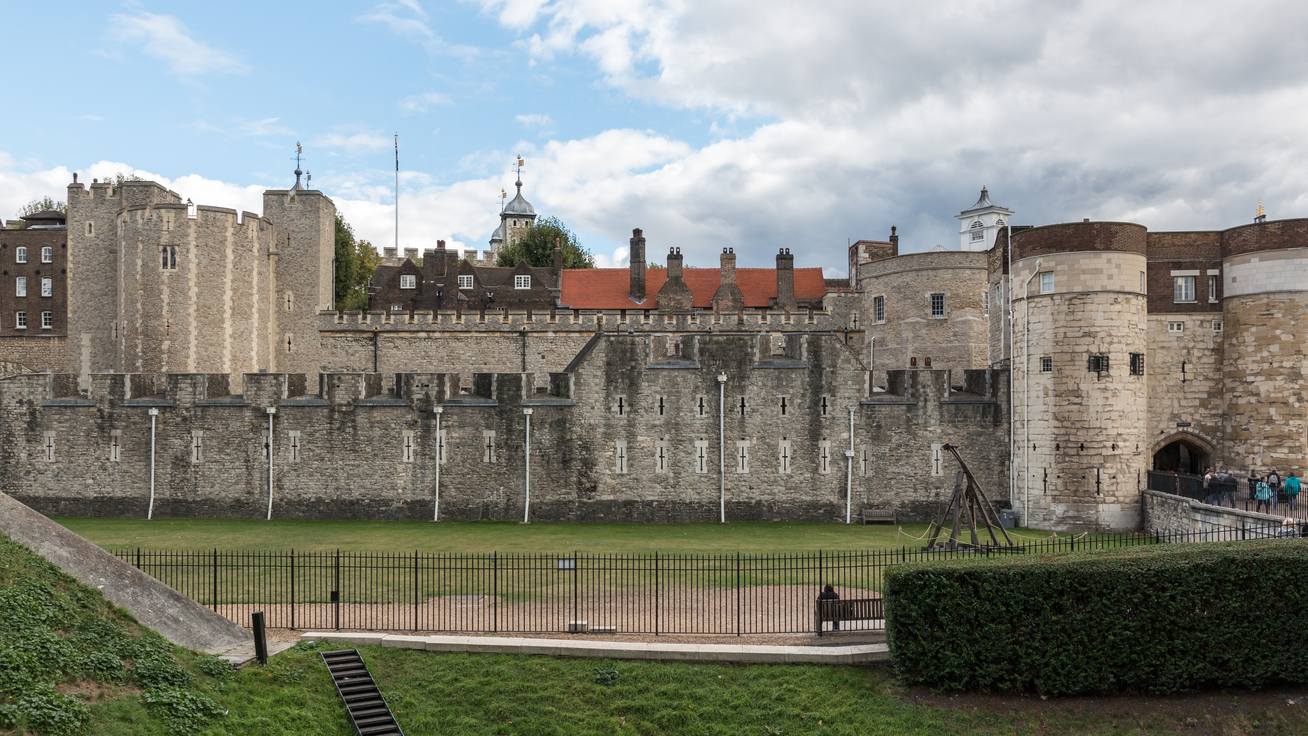The Tower of London Crown Jewels theft of 1671 remains one of the most daring and infamous heists in British history. Colonel Thomas Blood, disguised as a clergyman, orchestrated an audacious plan to steal the Crown Jewels from the Martin Tower. Despite initial success in subduing the keeper and accessing the jewels, the attempt ultimately failed. This incident led to significant changes in security measures at the Tower of London and sparked a fascinating tale of treachery and unexpected royal clemency.
What Was the Motive Behind the Tower of London Crown Jewels Theft?

Colonel Thomas Blood, an Irish adventurer and former Cromwellian soldier, had a complex history with the British monarchy. His motives for attempting to steal the Crown Jewels were likely multifaceted:
- Financial gain: The Crown Jewels were immensely valuable, estimated at £100,000 at the time.
- Political statement: As a former supporter of Oliver Cromwell, Blood may have sought to embarrass the restored monarchy.
- Personal vendetta: Blood had previously lost lands in Ireland due to the restoration of Charles II.
- Notoriety: The audacious nature of the theft could have been an attempt to gain fame or infamy.
How Did the Thieves Plan and Execute the Heist?

The planning and execution of the Tower of London Crown Jewels theft involved several stages:
- Reconnaissance: Blood visited the Tower multiple times, familiarizing himself with the layout and security measures.
- Gaining trust: He befriended Talbot Edwards, the Keeper of the Jewels, by posing as a clergyman and feigning interest in arranging a marriage between Edwards’ daughter and a fictitious nephew.
- The day of the heist:
- Blood arrived with three accomplices, including his son and two others named Hunt and Perrot.
- They convinced Edwards to show them the jewels privately.
- Once in the jewel room, they attacked Edwards, binding and gagging him.
- The theft attempt:
- Blood flattened St. Edward’s Crown with a mallet to conceal it under his cloak.
- Hunt attempted to saw the Sceptre with the Cross in half.
- Perrot stuffed the Sovereign’s Orb down his breeches.
What Security Measures Were in Place at the Time?
The security at the Tower of London in 1671 was surprisingly lax by modern standards:
- The Crown Jewels were kept in a basement room in the Martin Tower.
- A simple metal grille protected the jewels.
- Visitors could view the jewels for a small fee.
- The Keeper, Talbot Edwards, lived in an apartment above the jewel room.
- There was no permanent armed guard stationed with the jewels.
This relatively relaxed security arrangement made it possible for Blood and his accomplices to gain access to the jewels with relative ease.
How Was the Theft Discovered and Thwarted?
The theft was discovered and thwarted through a series of fortunate events:
- Edwards’ son returned unexpectedly, interrupting the theft.
- Despite being injured, Edwards managed to free himself and raise the alarm.
- The thieves were spotted by a sentry as they attempted to escape.
- A pursuit ensued, with guards and local citizens giving chase.
- Blood and his accomplices were captured near the Iron Gate after a brief exchange of gunfire.
The quick response and the element of chance played crucial roles in preventing the successful theft of the Crown Jewels.
What Were the Consequences for the Thieves?
The aftermath of the Tower of London Crown Jewels theft attempt was surprisingly lenient:
| Thief | Consequence |
|---|---|
| Colonel Thomas Blood | Pardoned by King Charles II, granted Irish lands worth £500 annually |
| Blood’s son | Pardoned |
| Robert Perrot | Pardoned |
| Thomas Hunt | Fate unclear, possibly pardoned |
This unexpected outcome has puzzled historians for centuries. Theories for Blood’s pardon include:
- King Charles II was impressed by Blood’s audacity.
- Blood may have had compromising information on the King or court.
- The King saw an opportunity to gain an informant within anti-monarchist circles.
How Did This Incident Change Security at the Tower of London?
The attempted theft led to significant changes in the security measures at the Tower of London:
- Armed guards: Yeoman Warders were permanently stationed to protect the Crown Jewels.
- Improved physical security: Stronger iron doors and grilles were installed in the Jewel Room.
- Restricted access: The viewing process for the Crown Jewels became more controlled and supervised.
- Relocation: In 1842, the Crown Jewels were moved to a more secure location within the Tower complex.
These changes marked the beginning of the modern security approach to protecting the Crown Jewels, which continues to evolve to this day.
What Is the Historical Significance of This Event?
The Tower of London Crown Jewels theft attempt of 1671 holds significant historical importance:
- It exposed the vulnerabilities in royal security during the Restoration period.
- The incident became a part of British folklore, inspiring numerous retellings and adaptations.
- It highlighted the complex relationship between the monarchy and former opponents during the post-Civil War era.
- The event led to lasting changes in how national treasures are protected in Britain.
- Blood’s pardon and subsequent relationship with the King exemplify the political intricacies of the time.
This audacious heist attempt continues to captivate historians and the public alike, serving as a reminder of a tumultuous period in British history and the enduring allure of the Crown Jewels.
References:
1. History at the Tower – London – Historic Royal Palaces
2. Colonel Blood and the theft of the Crown Jewels – Historic UK
3. Thomas Blood – Wikipedia
